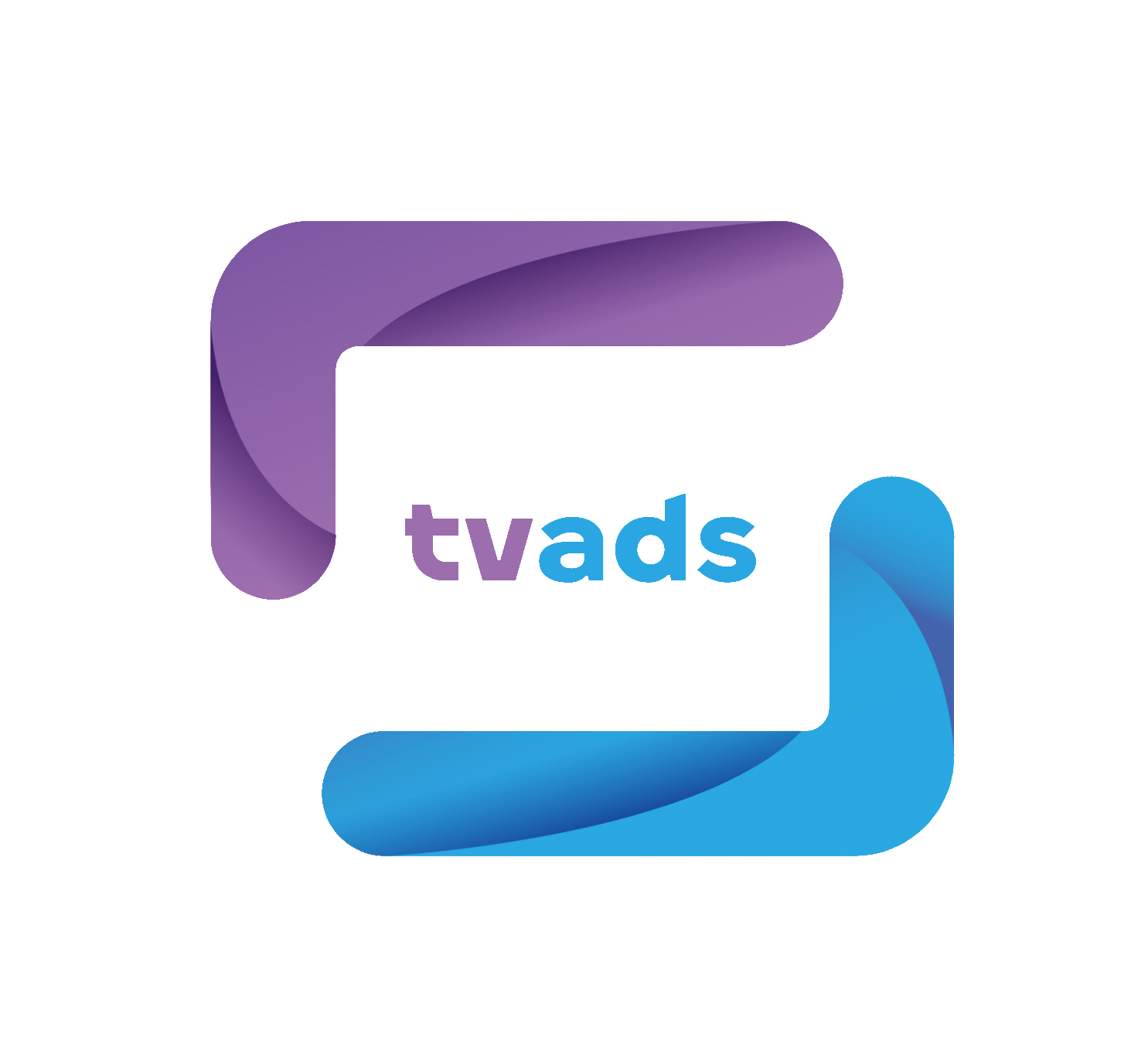

A utomatic Content Recognition (ACR) has become one of the most strategic technologies in the Connected TV (CTV) ecosystem. Its ability to identify, in real time, what content is being played—whether a show, a movie, or an advertisement—has transformed the way brands, agencies, and platforms measure and optimize TV advertising.
Unlike traditional measurement methods based on estimated audiences, ACR provides granular and accurate visibility into actual viewing consumption, creating a direct bridge between the television and data-driven digital marketing.
ACR is a technology that automatically identifies the content displayed on an audiovisual device, whether it’s a Smart TV, a set-top box, or an OTT app.
There are two main operating methods:
Both systems can coexist. In CTV environments, TV manufacturers typically rely on fingerprinting, while broadcasters with linear signals tend to use watermarking.
An ACR system relies on several key components:
In order to work properly, ACR requires:
AI enhances ACR technology across three key levels:
Although its potential is enormous, implementing ACR technology still faces several challenges:
ACR is redefining how we understand connected television—it turns every screen into an intelligent data source.
In a landscape where audiovisual consumption is increasingly fragmented across linear TV, OTT, and FAST channels, ACR acts as the “invisible bridge” that unifies measurement, targeting, and advertising activation.
As AI matures and integrations with data clean rooms advance, this technology will not only allow us to measure what people watch, but also to understand why they watch—and how to reach the right viewer in real time.
At tvads we has a professional team able to advise you on this field and and guide you in any area of your streaming advertising business, advising you or even operating it on your behalf if necessary
All author posts